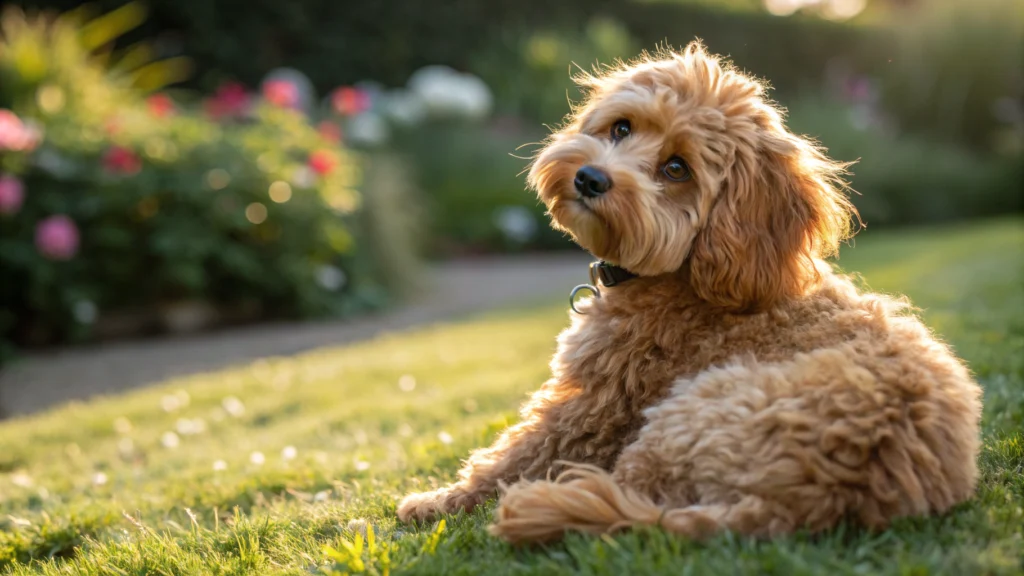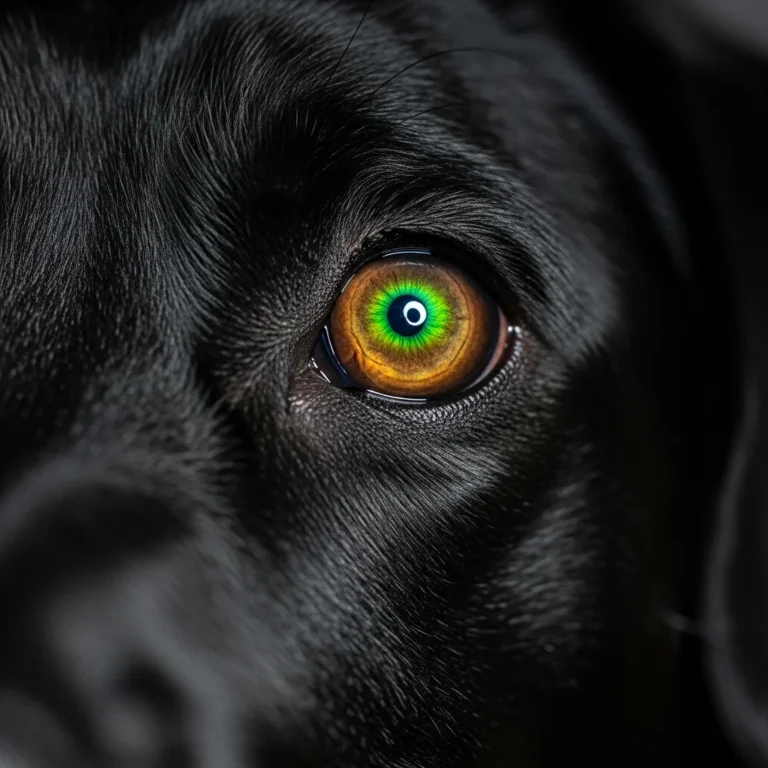
do dogs have night vision
Hey there, bestie! Grab a coffee and let’s have a real talk. So, last night, I was cozied up on the sofa when I heard the familiar click-clack-click of Baxter’s paws trotting across the hardwood floor. The room was dark, with just a sliver of moonlight filtering through the blinds. I could barely see my own hand in front of my face, but my golden boy? He weaved around the coffee table, dodged a rogue toy, and hopped up onto his favorite armchair without a single stumble.
Sound familiar? It got me thinking, as it always does: can my dog really see in the dark? Is he some kind of four-legged superhero with built-in night vision goggles? Well, the answer is a super cool, “Well, kinda!” It’s not a simple yes or no, but I promise you, what our pups can do when the lights go down is nothing short of amazing.
Think about their wild ancestors. They weren’t just 9-to-5 creatures; they were masters of the in-between times—dawn and dusk. That twilight world is their jam! So, while Baxter might not be able to read a book in a pitch-black closet (though he’d probably try if it involved a treat), his eyes are perfectly engineered for the dim, the dusky, and the dark. Let’s dive nose-first into the fantastic world of canine vision and uncover the secrets behind those soulful eyes after sunset!
Understanding Canine Vision in Low Light
do dogs have good night vision?
Alright, let’s clear this up right away. If by “night vision” you mean seeing in total, absolute, cave-like blackness, then no. But if you mean seeing way, WAY better than we can in low light? Then a resounding YES! Our dogs have what’s called superior low-light vision. It’s a crucial part of their DNA. Imagine a wolf tracking a scent as the sun dips below the horizon, or a wild dog spotting the slightest movement in the tall, shadowy grass. Our modern-day pups have inherited those same brilliant eyeballs. It’s not magic; it’s evolution, and it’s incredibly cool.
Can dogs see in the dark?
This is where we get a little nuanced, my friend. “The dark” is relative. In a room with zero light, where you can’t see a thing, your dog can’t either. Vision, by definition, needs some light. But in what we consider dark—a moonlit backyard, a living room with just the TV glow, or that hazy pre-dawn light—our dogs are basically seeing a whole different world. They pick up on the tiniest glimmers of light that our wimpy human eyes completely miss, turning a shadowy blur into a usable, navigable map. So, while they might not be reading the fine print, they can definitely see enough to know where they’re going and what they’re doing!
do dogs have better night vision than humans?
Let’s put it this way: we’re basically fumbling around with a tiny penlight, while our dogs are rocking a high-powered headlamp. Most experts agree that our pups can see about five times better in low light than we can! Isn’t that wild? When you walk into a dim room and have to squint and feel your way along, your dog is just… walking. Confidently. It’s all thanks to a collection of brilliant biological upgrades that make their eyes so efficient.
What aspects of night vision do dogs possess?
When we talk about a dog’s “night vision,” we’re really talking about a whole suite of special skills:
- Master Light Gatherers: Their eyes are like super-sponges, soaking up every last drop of available light.
- Low-Light Motion Detectives: They are absolute pros at spotting the slightest movement in the shadows—a must for their inner hunter.
- Wide-Angle Lenses: Their wider field of view means they can take in more of their surroundings, even when it’s dim.
- Blue & Yellow Specialists: Their world might not be as colorful as ours, but their sensitivity to certain hues helps them differentiate objects even with limited light.
It’s a complete sensory package designed for a life that doesn’t always happen in broad daylight.
The Mechanics of Dog Night Vision
So, how do they actually do it? What’s the secret sauce behind those adorable, pleading eyes? It all comes down to some seriously fancy hardware built right in.
What physiological adaptations give dogs better night vision?
Our furry friends have some incredible upgrades in the eye department:
- Rods Over Cones: The back of their eye (the retina) has two types of cells: rods (for low light and movement) and cones (for color and detail). Dogs are packing a ton more rods than we are. It’s like they have a high-end security camera that’s brilliant in the dark, while ours is better suited for a sunny day.
- Super-Sized Pupils: Their pupils can open much, much wider than ours. Think of a camera aperture—the wider it opens, the more light it lets in for the perfect shot. Their pupils are designed to open wide and let all that precious ambient light flood in.
- The Magic Mirror: This is the coolest part, and it leads us to our next question…
Do dogs have a tapetum lucidum? How does it help them see at night?
YES! This is the party trick of dog night vision. The tapetum lucidum (which is just a fancy Latin name for “bright carpet”) is a shiny, reflective layer sitting behind the retina. Here’s how it works: light enters the eye and hits the retina. Some of it gets used right away, but any leftover light bounces off this “magic mirror” and goes back across the retina for a second chance to be seen. It’s like getting a double scoop of light for the price of one!
This is also what causes that spooky, beautiful green or blue glow when you catch your dog’s eyes in a photo flash or your car headlights. You’re literally seeing the tapetum lucidum in action, reflecting light back out. It’s their built-in light amplifier! As Dr. Jerry Klein, the Chief Veterinary Officer for the AKC, explains, this “mirror-like structure… giv[es] the photoreceptors a second opportunity to absorb light.” How cool is that?
How do a dog’s pupils and rod cells contribute to their low-light vision?
We touched on this, but let’s connect the dots. In low light, your dog’s pupils dilate to their max size, becoming big, dark pools to let in every single photon of light. This deluge of light then hits a retina that’s absolutely packed with those super-sensitive rod cells. These rods are brilliant at detecting light and movement, even when it’s incredibly faint. So, the wide pupils are the open door, and the rod cells are the eager welcome party, making sure no scrap of light goes to waste.
What is the role of a dog’s larger lens and retina in night vision?
On top of everything else, dogs generally have larger lenses than we do. A bigger lens can gather and focus more light onto the retina—it’s like upgrading from a standard magnifying glass to a giant one that can start a fire on a sunny day. Their entire retinal structure is also just optimized for this light-collecting mission. It’s not just what the parts are, but how they’re all arranged to work together in perfect, low-light harmony.
Comparing Dog Night Vision to Other Animals
Okay, so we know our pups are awesome. But how do they stack up against other nighttime ninjas?
Do dogs have night vision like cats?
Ah, the age-old question! We love our feline friends, and we have to give credit where it’s due: cats are the undisputed champions of domestic pet night vision. While our dogs are fantastic, cats are often on another level. They usually have an even more reflective tapetum lucidum, an even higher rod-to-cone ratio, and pupils that can dilate to become huge, perfect circles in the dark. So, while Baxter can see the couch in the dark, Mittens can probably see the individual dust bunnies underneath it.
Is a dog’s night vision as good as a cat’s?
In most cases, no, it’s not as good. Cats are true crepuscular predators, built for hunting in extremely low light. Their evolutionary path demanded the absolute peak of light sensitivity. Dogs, while also predators, historically used a mix of sight, scent, and stamina, often during twilight rather than deep night. So, the cat gets the gold medal for pure night vision, but our dogs are still solidly on the podium!
How does dog night vision compare to other nocturnal animals?
When you look at the real specialists of the night, it’s a whole different ball game. Animals like owls, tarsiers, and some bats have eyes that are so specialized for darkness that they often sacrifice daytime vision or color.
- Owls: They have enormous, tube-shaped eyes that are fixed in their sockets, with gigantic lenses and retinas that are pretty much all rods. They are the ultimate low-light hunting machines.
- Tarsiers: These little guys have the biggest eyes relative to body size of any mammal. They’re basically all eye!
- Bats: While many use echolocation, their eyes are still highly sensitive.
Compared to these extreme specialists, our dogs are more like versatile all-rounders. They have great low-light vision and perfectly serviceable daytime vision. It’s about balance, and our pups have found a sweet spot.
Limitations and Other Senses
Our dogs are incredible, but they’re not perfect. Let’s chat about what their night vision can’t do and how their other superstar senses save the day.
What are the limitations of a dog’s night vision?
Even with all their cool gear, there are limits:
- Total Darkness is a No-Go: If there’s zero light, there’s zero vision. For any species.
- Details Get Fuzzy: They can see that something is there, but making out fine details is tough. Their visual sharpness (acuity) is lower than ours, even during the day.
- The Color Conundrum: This is a big one…
Do dogs see in color at night, or just shades of gray?
Let’s bust a myth! Dogs aren’t completely colorblind; they just see a different palette than we do. They’re like a painter who only has blue and yellow on their palette—they can see those colors, but reds and greens look like shades of brown or gray to them.
At night, this limited color vision becomes even more muted. In very low light, everyone’s vision relies more on rods (which don’t see color), so their world likely becomes a landscape of grays, blues, and dark yellows. It’s less about a vibrant world and more about shapes, movements, and contrasts.
How much light do dogs need to see?
The general consensus is that our pups only need about one-fifth of the light we do to see effectively. So, if you’re in a room and can just barely make out the outline of the door, your dog is probably seeing the door, the handle, and maybe even your slippers lying next to it. It’s not high-definition, but it’s more than enough to get by.
How do other senses (smell, hearing) compensate for vision in the dark?
And this, my friend, is where dogs become the undisputed champions! When their vision hits its limit, their nose and ears take over like a superhero duo.
- The Super Sniffer: A dog’s sense of smell is their true superpower. It’s estimated to be between 10,000 and 100,000 times more acute than ours. In the dark, your dog isn’t just “seeing” with their eyes; they’re “seeing” a rich, detailed landscape of smells. They can smell where you walked, what you ate for dinner, and that one time a squirrel ran through the yard three days ago. It’s how they build a perfect mental map. As canine cognition expert Dr. Alexandra Horowitz says, dogs experience the world through their noses in a way we can barely imagine. This sense is their ultimate guide in the dark.
- The Satellite Dishes (Ears): Those adorable ears are like powerful, swiveling radar dishes. They can hear frequencies we can’t and detect sounds at volumes so low we’d never notice. A rustle in the bushes, the crinkle of a treat bag from two rooms away, the faint sound of your car turning onto the street—it all paints a detailed soundscape that guides them.
So, while their eyes are amazing, remember that a dog’s experience of a dark room is a multi-sensory masterpiece.
Practical Implications for Pet Owners
Knowing all this isn’t just fun trivia; it helps us be better, more understanding pet parents! Here’s how we can use this knowledge.
Should I worry about my dog’s safety in the dark?
For the most part, in a familiar environment like your home, your dog is perfectly safe and knows what they’re doing. Trust their instincts! But, a little extra caution never hurts:
- New Places: On a dark hiking trail or in a new friend’s house, your dog might be more cautious. Keep them on a leash to guide them and prevent them from bumping into unexpected obstacles.
- Senior Pups: Older dogs, or those with conditions like cataracts, will struggle much more. For them, the dark can be disorienting and scary.
- Road Safety is NON-NEGOTIABLE: This is the big one. A driver WILL NOT see your black lab crossing a dark street. Always, always, always use reflective or lighted gear on your dog for evening walks. A blinking LED collar is a cheap and potentially life-saving investment.
How can I help my dog navigate in low light conditions?
Even with their natural talents, we can make their lives easier and safer!
- Keep it Consistent: Try not to rearrange the furniture too often, especially if you have an older dog. They build a mental map of their territory.
- Be a Light in the Darkness: A simple plug-in nightlight in the hallway, near their bed, or at the top of the stairs can make a world of difference for a senior or vision-impaired pup.
- Talk Them Through It: Use a calm, happy voice and give them cues. “Step up!” for the stairs or “Easy…” when approaching a corner can build their confidence.
- Gear Up!: I’ll say it again: reflective harnesses, leashes, and collars are a must. For off-leash adventures in the dark, a small, clip-on LED light is perfect.
- Yard Patrol: Do a quick check of your yard for any new holes, fallen branches, or other hazards they might not expect in the dark.
- Vet Visits: Regular check-ups are key to catching eye issues like cataracts or glaucoma early on.
Are certain dog breeds known for better night vision?
All dogs have the same core night-vision equipment, but some breeds might have slight edges due to their history or anatomy.
- Sighthounds (Greyhounds, Salukis): Bred to hunt by sight over open land, they have eyes set more to the sides for a wider field of view, which helps in spotting movement in low light.(Sighthounds: Speedy Dogs with a Royal Past)
- Herding Breeds (Border Collies, German Shepherds): Their job requires intense visual focus, often at dawn and dusk, so they are hyper-aware of movement in dim conditions.(Border Collie Lab Mix(Borador): Complete Breed Guide) (border collie australian shepherd mix Facts)
- Breeds with Larger Eyes: Some, like Boston Terriers or Pugs, have prominent eyes which can gather more light, though this can sometimes come with other health considerations.
Really, the differences are subtle. A Beagle’s()Meet Beagle Puppies: Your Go-To Guide incredible nose probably helps it in the dark more than a slight visual advantage another breed might have. The amazing thing is that this brilliant low-light vision is a gift shared by every single dog, from the tiniest Chihuahua to the largest Great Dane.
So, the next time you watch your furry friend trot through a shadowy room with effortless grace, give them a little smile. You now know the secret of their shimmering eyes and the incredible, multi-sensory world they experience long after we’ve turned out the lights. It’s just one more reason why our dogs are so wonderfully amazing
please leave comment
you may like it
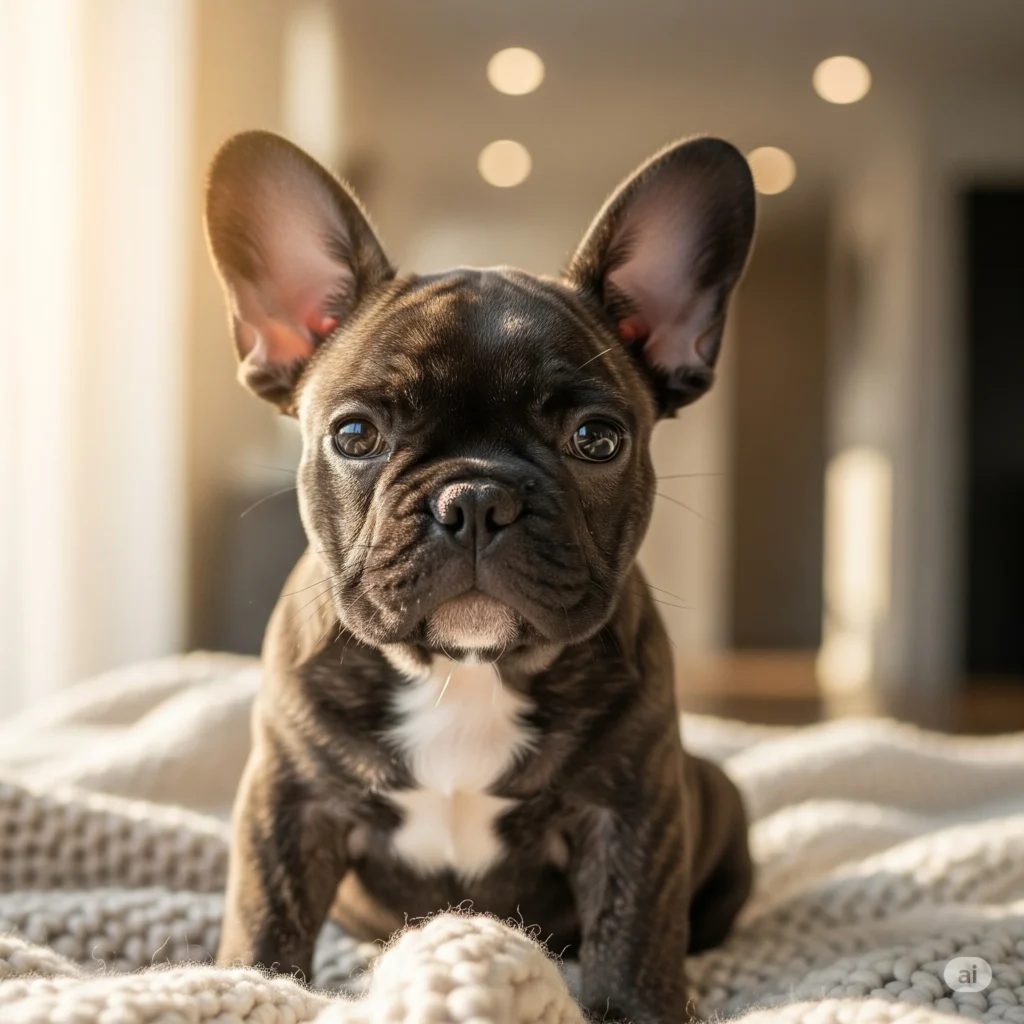
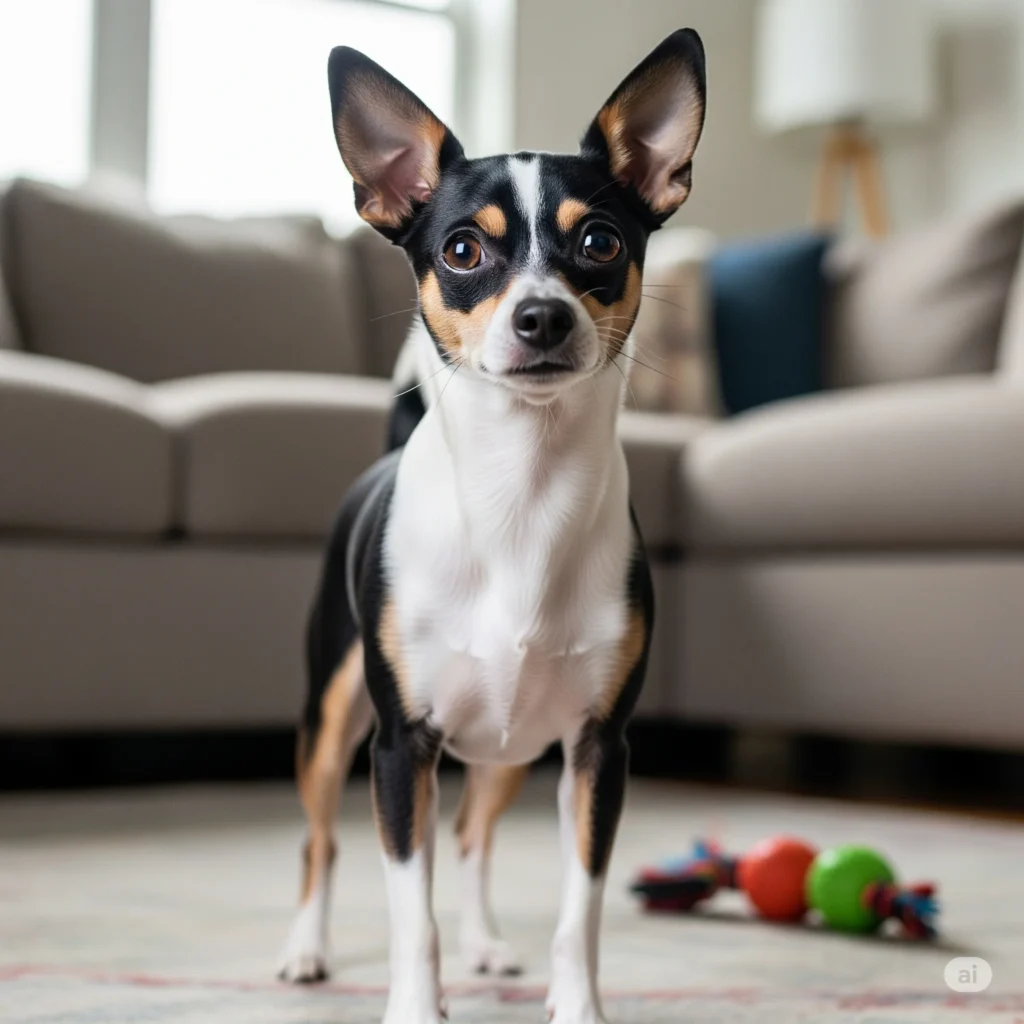
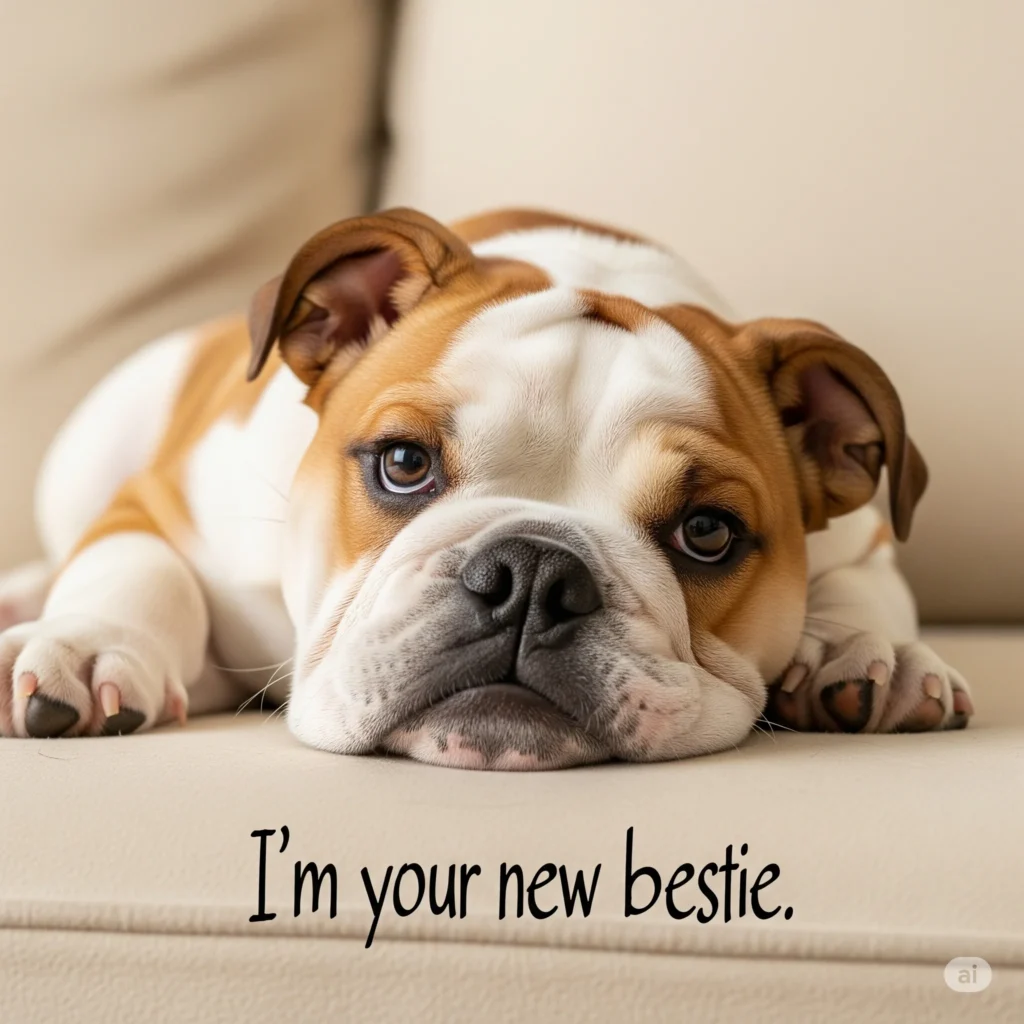

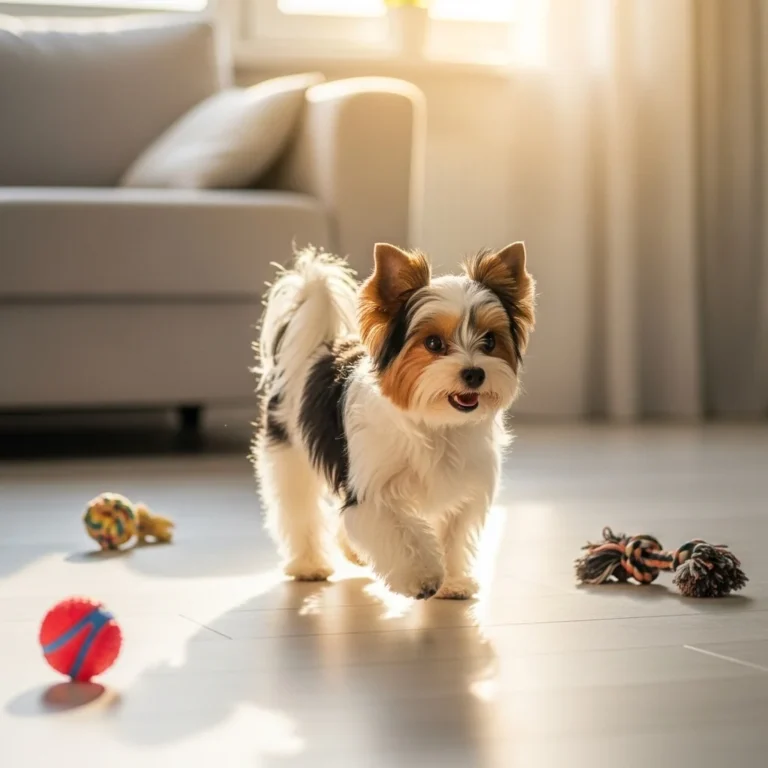
sources
https://www.petmd.com/dog/general-health/can-dogs-see-dark
https://www.thesprucepets.com/can-dogs-see-in-the-dark-5199751
https://petsdoc.org/through-the-eyes-of-your-dog
https://www.whole-dog-journal.com/behavior/how-well-can-dogs-see-in-the-dark
https://www.adaptil.co.uk/blogs/news/whats-a-dogs-vision-like

